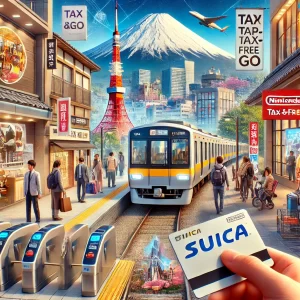Convenience stores counting on foreign workers to beat labor shortage

The cashier at a Lawson convenience store in the Ochiai neighborhood of the capital’s Shinjuku Ward is asking a customer, “Would you like chopsticks or a spoon?” The question is in Japanese, though the person asking it is Song Haneul, a 19-year-old South Korean student. We are also seeing Indians also participating in these programs and that opens up one more avenue for the community members.
The part-time worker heats up the customer’s pork cutlet on rice and puts it in a bag along with a spoon before handing it politely across the counter. Soon after, another person comes into the shop carrying five packages and announcing, “I’d like to send these, please.” Most Japanese convenience stores double as parcel delivery service counters, and Song moves swiftly to stamp the forms for the packages.
When Song arrived in Japan in April this year to start class at a Japanese language school, he also continued his training at a real Lawson store, mastering how to deal with parcels, the names and prices of the many cigarette brands, and how to confirm the age of customers buying alcohol. Under the terms of his student visa, he can only work 28 hours per week, but he is already an essential member of the staff at the Ochiai Lawson.
“There are so many tasks that need attention and care at a Japanese convenience store compared to ones in South Korea, so it’s pretty tough. But I’m learning a lot in this part-time job,” said Song. In the future, he hopes to graduate from a Japanese university and find a job with a Japanese firm.
According to the Ministry of Internal Affairs and Communications, Japan’s working age population (those aged 15 to 64) stood at just over 75.96 million as of Oct. 1, 2017. According to some estimates, the figure may drop under 60 million by 2040.
Meanwhile, Ministry of Health, Labor and Welfare statistics show there were some 1.28 million foreigners working in the country as of the end of October last year, including part-timers, technical trainees, and students — about 600,000 more than five years ago and a record high.
By industry, manufacturing employed the most foreign labor, with about 386,000 workers, followed by the service sector with some 190,000, and the retail industry with around 166,000.
Most industries have boosted their foreign worker ratios in the past five years. These include construction, where one in 90 employees is now a foreigner, as compared to one in 384 five years ago — a 4.3-fold increase. The rate for the retail sector is up 2.2 times, from one in 145 to one in 65, followed by a 2.1-fold rise in medical and nursing services, and 2.0 in the restaurant and hotel sector.




